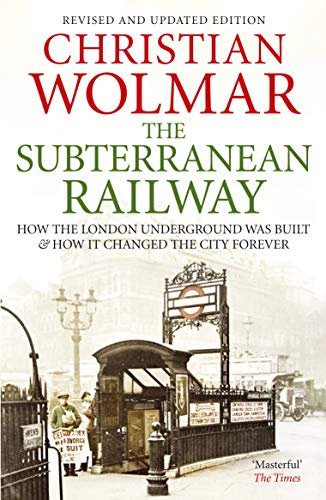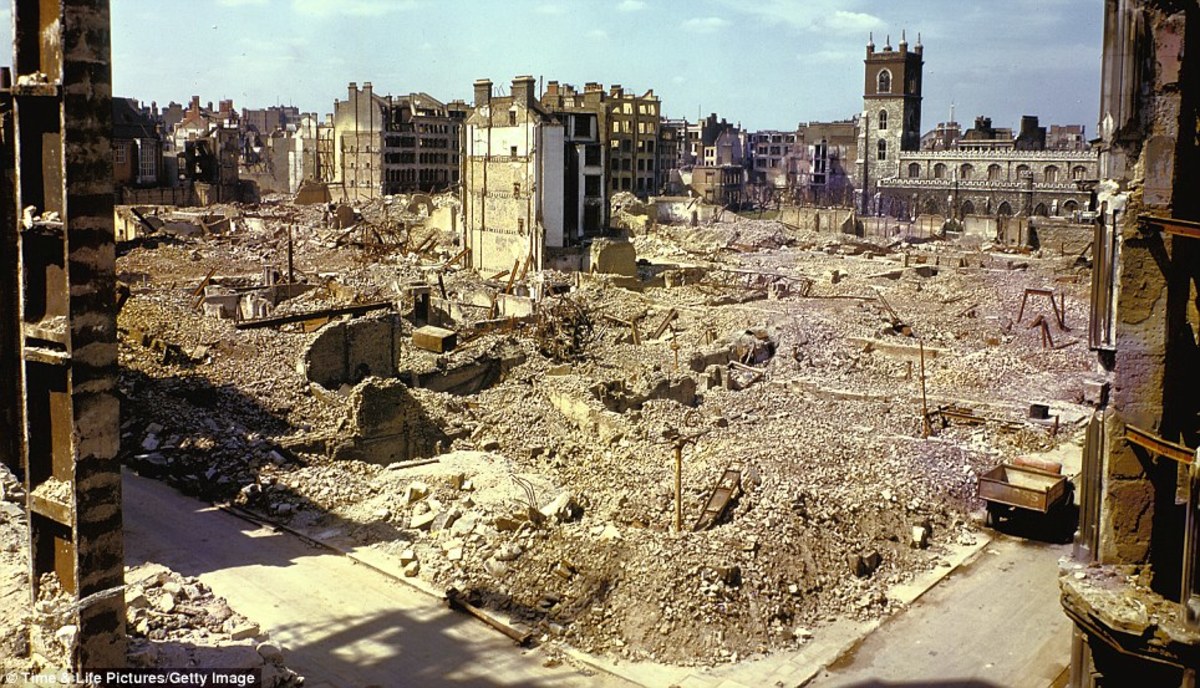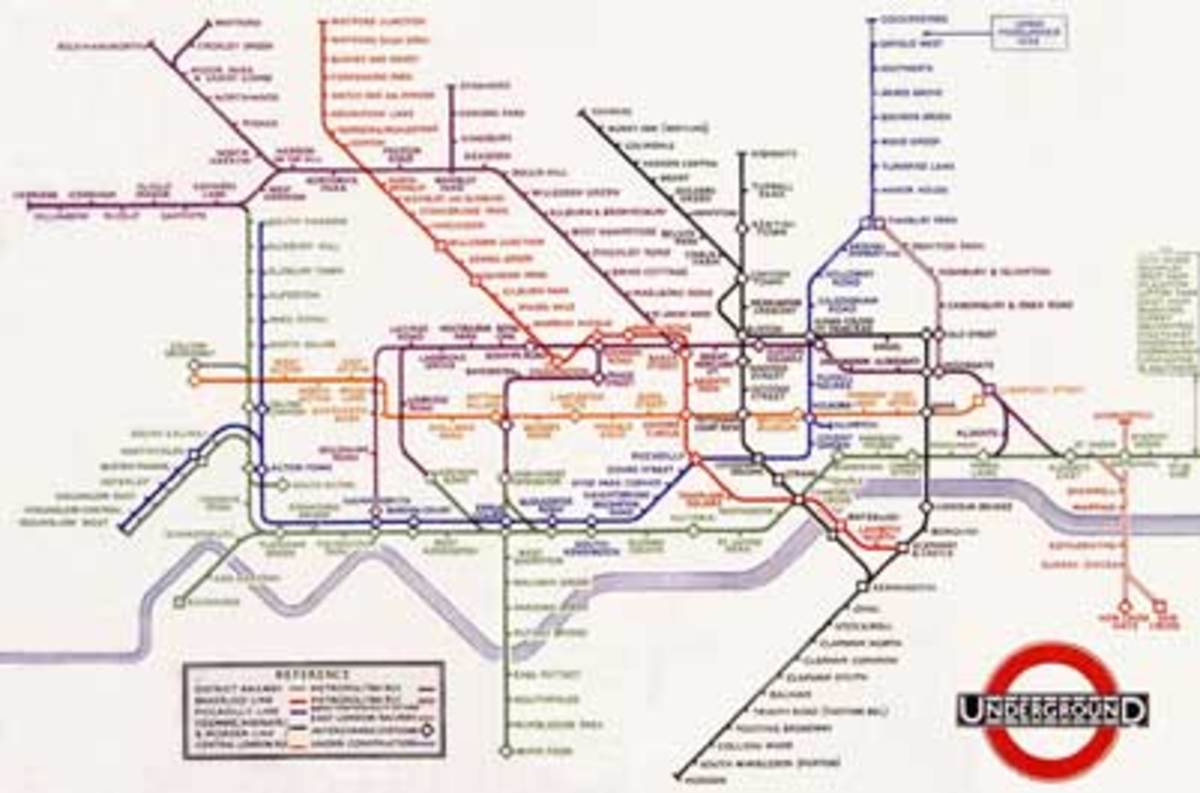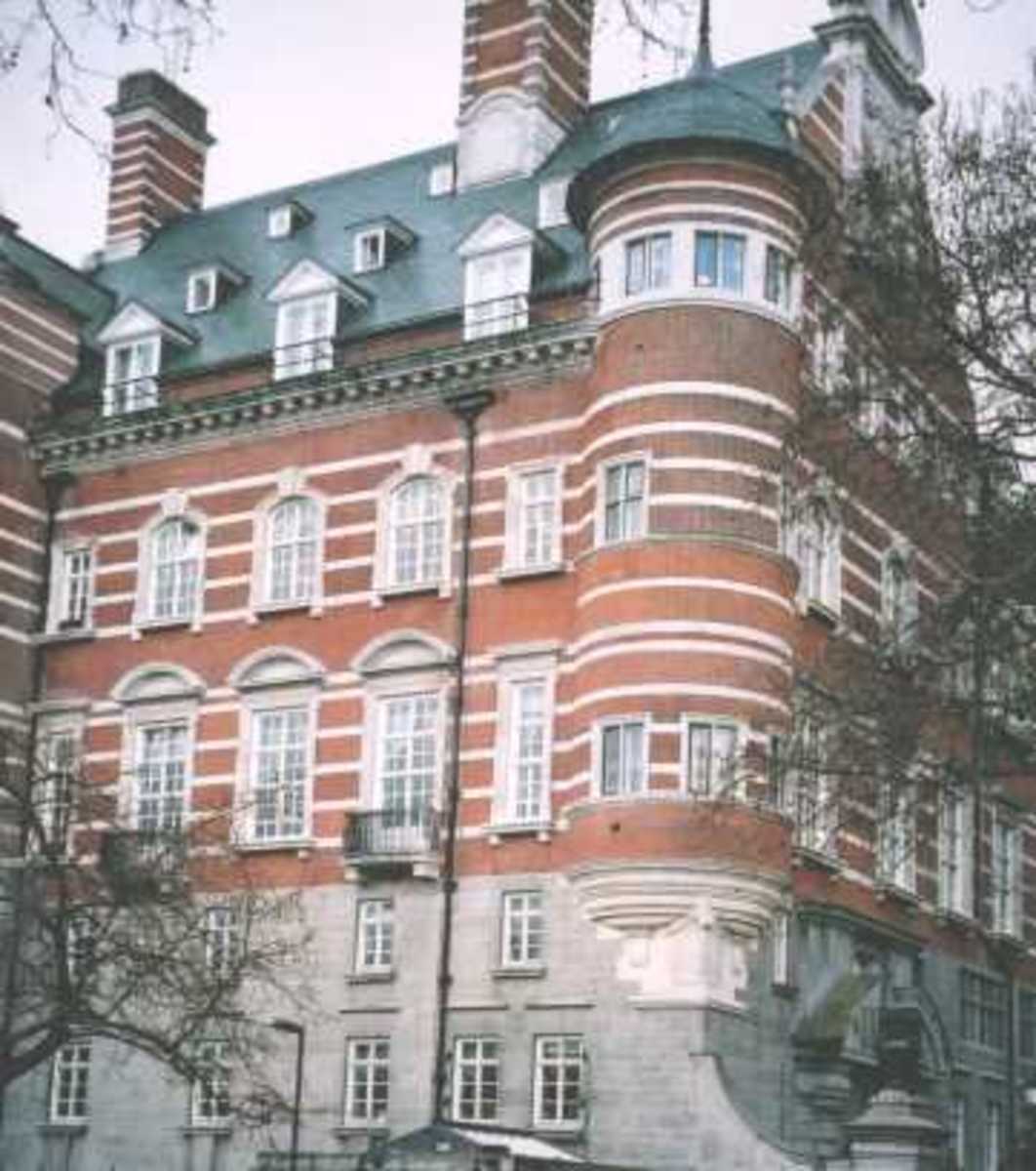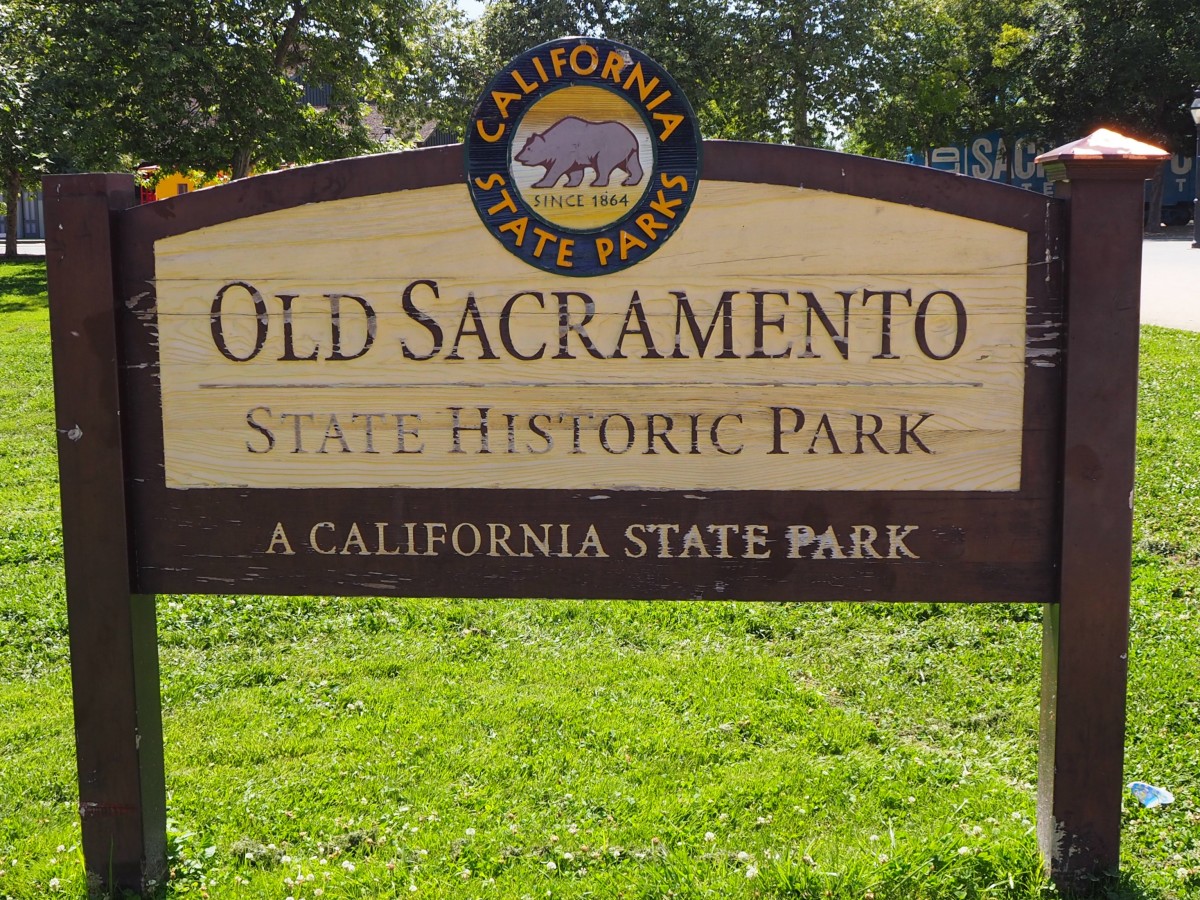The London Underground– The History

If you have ever visited the City of London (or even lived within it) the chances are very high that at one point or another you would have travelled on the London Underground. Whilst from one perspective, the London Underground (referred to locally as ‘The Tube’) is not much different from the underground networks of Paris, New York, etc., from a deeper perspective you’d realise that this vast network has an even vaster history.
The story behind this network goes all the way back to the 1830s, when the idea of linking some of London’s existing train termini was suggested. However it wasn’t until 1854 when Metropolitan Railway were given the contract to build a tunnel linking Paddington station with Farringdon station. Taking more than 9 years to construct, the tunnel was finally opened on January 1863, and consisted of gas lit wooden carriages driven by steam locomotives (a far from today’s electric train network). On its opening day, more than 38,000 Londoners decided to ride this new underground service, resulting in trains being taken off other railway tracks to keep the service running smoothly.
Due to the success of this tunnel, another tunnel was opened in December 1868, this connecting South Kensington termini with Westminster termini. This line was the basis of the District Line and in subsequent years, expanded out to Ealing Broadway, Richmond, Wimbledon and Upminster. The original line, which later was to become known as the Metropolitan Line, extended all the way out to Verney Junction in Buckinghamshire, some 80km from central of London (most of this extension was closed off however with the introduction of electric driven trains, where powering trains that far out was seen as too expensive).
It would be wrong however to assume that everybody was happy with the London Underground. During the 18th century, many religious people feared that the digging of ever deeper tunnels underground would result in them accidentally digging straight into hell – unleashing all sorts of untold evil demons, etc. onto the streets of London. Several leading newspapers of the time actually ran campaigns where they tried to get the government from digging anymore tunnels for the tube network!
Despite the fears, the London Underground network continued to expand with new lines being created and older lines being extended out, allowing the creation of new stations (and connecting existing above ground stations). In 1907, parts of the underground network began becoming electrified, resulting overtime with more parts of the network replacing the diesel driven trains with the current day all-electric. Though in the electrifying, there was much debate as to whether the lines should be using AC (alternating current) or DC (direct current). The board of the two companies running the underground of the time, Metropolitan Railway and Great Northern & City Railway both wanted AC system, but on finding an investor, American Charles Yerkes, were outraged to discover he wanted a DC system in operation instead. After much debate, the Board Of Trade came to the conclusion that the DC method was the best one to use.

During both world wars, the London Underground served to act as a shelter from the gas and bombs which were being dropped over the streets of London. Yet out of the history of the London Underground, nothing stands out more than the myth of subterranean humans who inhabited the tunnels. This myth goes that insane and socially reclusive people who couldn’t stand living in our society went into the unused, abandoned tunnels of the London Underground Network, where they formed a small thriving community, living off the scraps left by train passengers. Over the years these people reportedly devolved into darkish, hairy humanoids who could only grunt and couldn’t stand the outside for too long.
So what happened to these people? Well fortunately (or unfortunately) the myth states that they were all wiped out by some sort of virus or bug, probably brought on by the fact that they were living in filth.
The London Underground network is the oldest underground train network in the world and as it continues to thrive, I’m sure will span many more legends and historical events from it. So I’d like to conclude this hub my mentioning how if you haven’t had the privilege to travel on the network, I would recommend you do and soak in one of London’s most fascinating creations.


